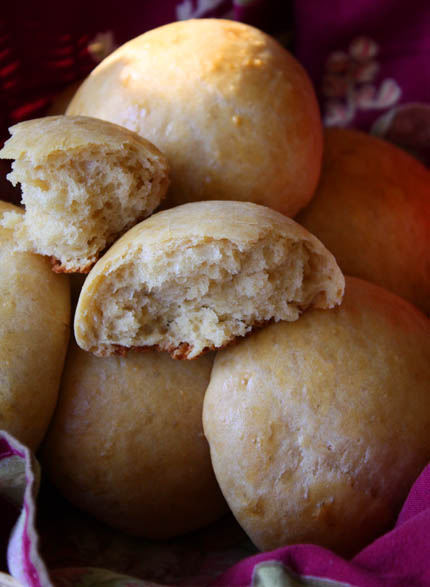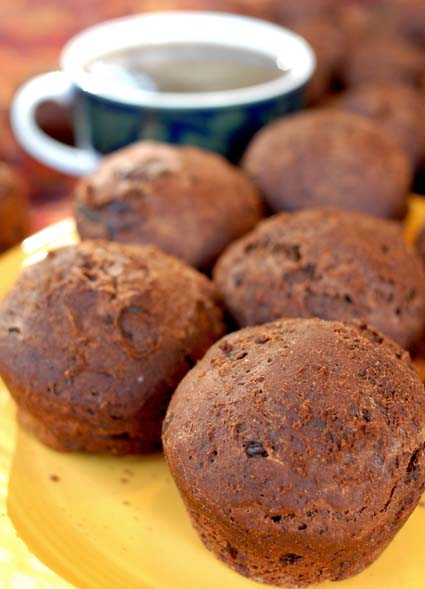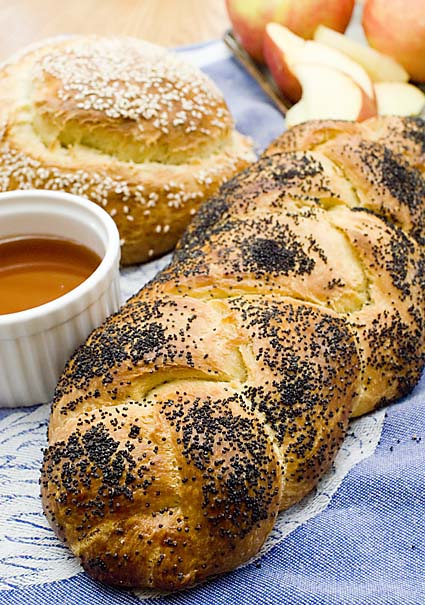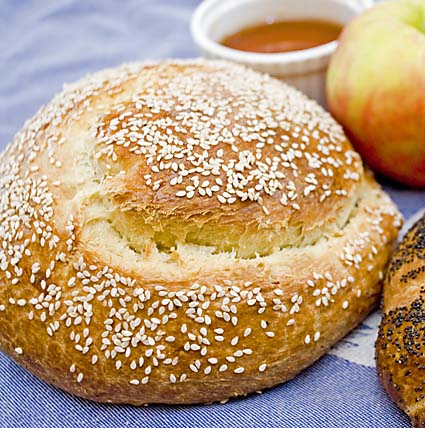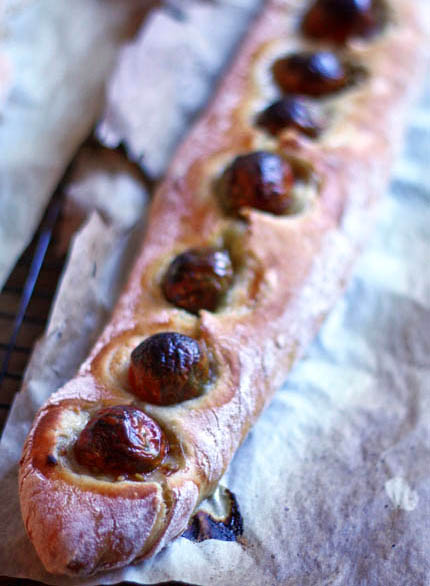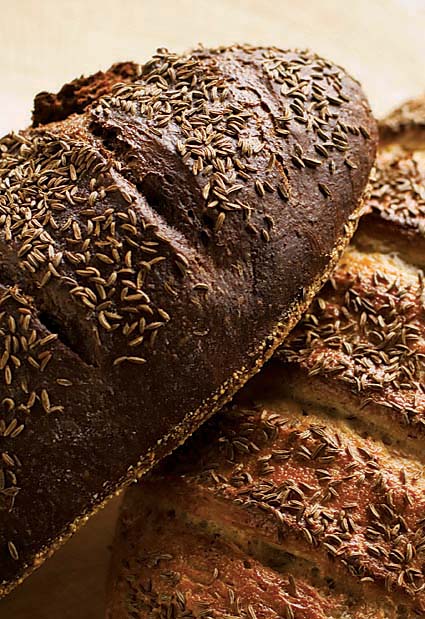
I’ve been getting a lot of questions about the caramel color, a brown and slightly bitter powder made by over-caramelizing sugar) that we call for in the pumpernickel bread recipe on page 67 of the book. It’s hard to find in local stores, and it’s not an absolute requirement for the bread, but most U.S. consumers will miss it if it’s left out.
Yes, caramel color can be made at home, but not as a powder– what you make will be a liquid that is added to recipes; you should decrease the liquid a bit to account for the extra. Here’s what I’ve done at home (it won’t be quite as dark a result as powdered caramel color): Put 3 tablespoons sugar and 1 tablespoon water into a saucepan. Melt the sugar over a low flame, then increase heat to medium-high, cover, and bring to a boil for 2 minutes. Add a pinch of cream of tartar and continue to boil uncovered until the mixture becomes very dark. Remove from heat and allow to cool partially. Very carefully, add a quarter cup of boiling water to the pan (it may sputter and water may jump out of the pan so wear gloves and keep your face away from it). Dissolve the caramelized sugar and cool to room temp. Use about a quarter-cup of this mixture in place of commercial caramel color powder in our Pumpernickel recipe on page 67.
If you use liquid caramel coloring like this, you need to add extra flour to make up for it– about twice the volume of flour as liquid. Otherwise the dough will be too loose.
